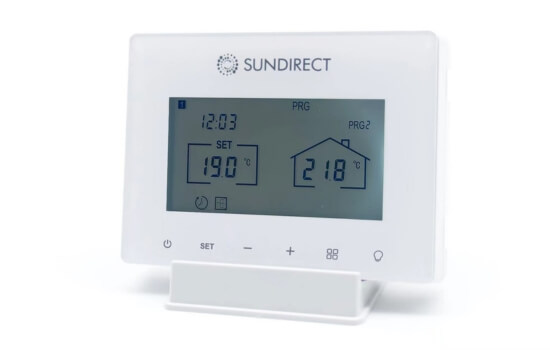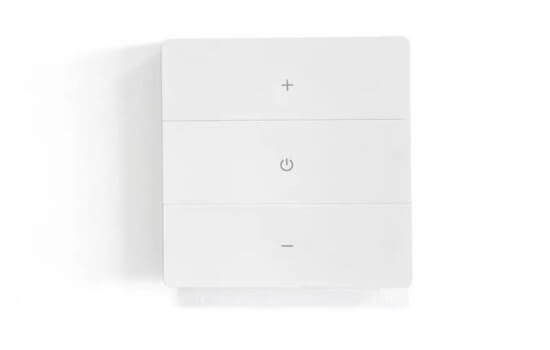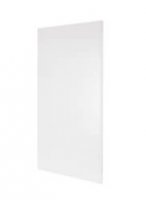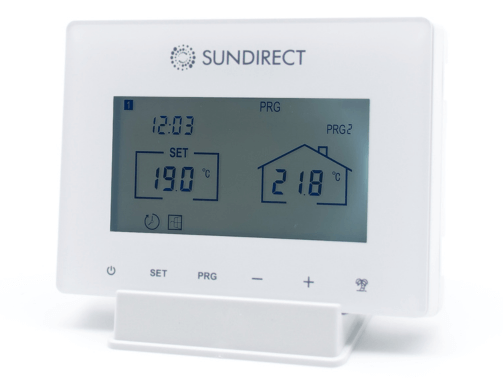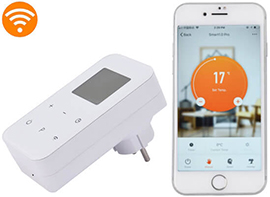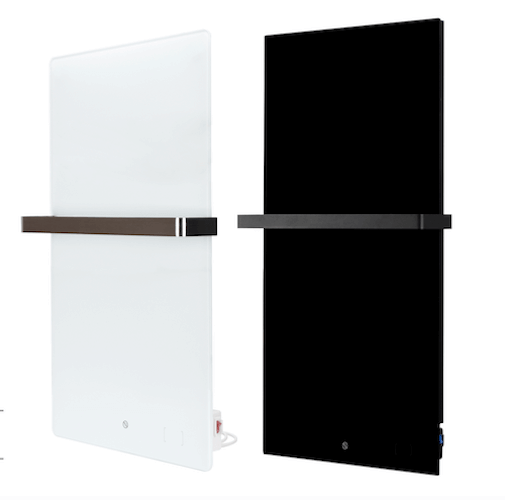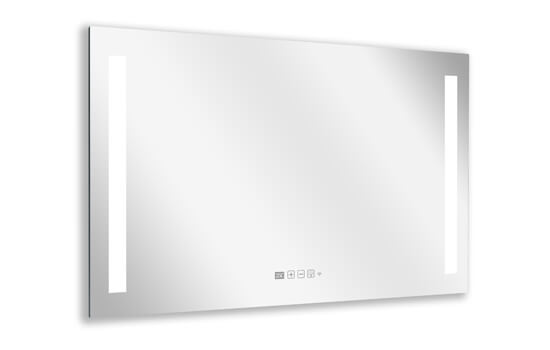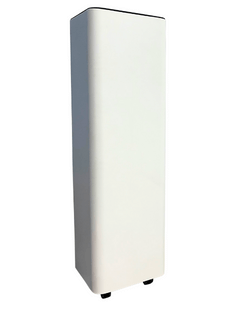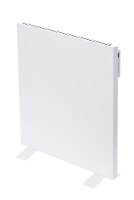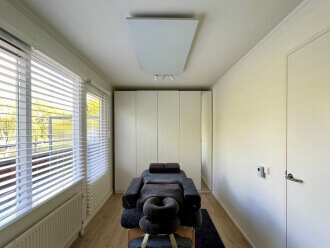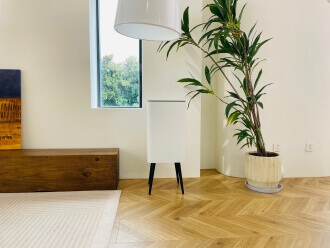Introduction: What Is Infrared Heating?
Infrared heating is a revolutionary heating method that uses infrared waves to warm objects directly instead of heating the surrounding air. Unlike conventional heating systems, which rely on convection, infrared heat penetrates the body, delivering deep therapeutic warmth.
Infrared heating panels, saunas, and heaters are increasingly used in homes, wellness centers, and hospitals due to their numerous health benefits. But what makes infrared heating so special? Let’s explore five surprising health benefits you may not know!
1. Boosts Circulation and Cardiovascular Health
How Infrared Heat Stimulates Blood Flow
One of the biggest health benefits of infrared heating is its ability to enhance blood circulation. Infrared rays penetrate deep into the skin, causing blood vessels to expand and improving oxygen flow throughout the body.
Increases blood vessel dilation (vasodilation)
Improves oxygen delivery to muscles
Reduces the risk of blood clots and high blood pressure
Infrared Therapy for Heart Health
Studies show that infrared heating mimics the effects of cardiovascular exercise, increasing heart rate and boosting circulation. This can be particularly beneficial for:
People with poor circulation
Individuals recovering from cardiovascular conditions
Those who want to improve heart health naturally
A study published in the Journal of Cardiology found that infrared therapy improved blood vessel function in patients with high blood pressure and heart disease.
2. Reduces Pain and Inflammation
How Infrared Heat Relieves Muscle & Joint Pain
Do you suffer from muscle soreness or joint pain? Infrared heat is known for its ability to reduce inflammation and relieve pain naturally.
Penetrates deep into tissues, promoting muscle relaxation
Reduces stiffness in joints, making movement easier
Boosts endorphin release, acting as a natural painkiller
Infrared Therapy for Arthritis and Chronic Pain
People with arthritis, fibromyalgia, and sports injuries have reported significant relief using infrared therapy. Clinical research indicates that infrared saunas reduce chronic pain symptoms in just a few sessions.
Key benefit: Infrared therapy helps break down lactic acid, reducing post-workout soreness!
3. Enhances Detoxification
How Infrared Heat Supports the Body’s Natural Detox
Sweating is one of the body’s most effective ways to eliminate toxins. Infrared heating stimulates deep sweating, allowing the body to release:
Heavy metals (lead, mercury, and arsenic)
Environmental toxins and pollutants
Excess sodium and stored fats
The Science Behind Infrared and Sweating
Unlike traditional saunas, infrared saunas heat the body from the inside out, triggering a deep, detoxifying sweat. This process enhances kidney and liver function, improving overall health.
Fun Fact: A 30-minute infrared sauna session can burn up to 600 calories while detoxifying your body!
4. Improves Sleep and Reduces Stress
How Infrared Heat Promotes Relaxation
Do you struggle with stress or insomnia? Infrared heating has a calming effect on the nervous system, reducing cortisol levels (the stress hormone).
Helps balance serotonin and dopamine levels
Promotes muscle relaxation before bed
Reduces symptoms of anxiety and depression
Infrared Heating and Melatonin Production
Melatonin, the sleep hormone, is essential for restful sleep. Infrared heat naturally boosts melatonin production, leading to:
Deeper, more restorative sleep
Improved mood and mental clarity
Better stress management
Tip: Use an infrared heating pad before bed for the best sleep results!
5. Supports Immune System Function
How Infrared Heat Strengthens the Immune System
Infrared heating can boost immune system function by:
Increasing white blood cell production
Stimulating the body’s natural defense mechanisms
Enhancing tissue repair and recovery
Infrared Heating and Cellular Repair
Infrared heat stimulates mitochondrial activity, helping cells repair faster. This is especially beneficial for people recovering from illnesses, injuries, or surgeries.
Bottom line: Regular infrared heating can help your body fight infections naturally!
FAQs About Infrared Heating
1. What is the best way to use infrared heating?
The best way to use infrared heating is through infrared heaters, saunas, or heating pads. These provide direct heat absorption for maximum health benefits.
2. Can infrared heating help with weight loss?
Yes! Infrared heating boosts metabolism and promotes sweating, helping burn calories and eliminate toxins.
3. Is infrared heating safe for daily use?
Absolutely! Infrared heating is 100% safe and used in many therapeutic treatments worldwide.
4. How does infrared heating compare to traditional heating?
Infrared heating warms objects directly rather than just heating the air, making it more efficient, cost-effective, and healthier.
5. Can infrared heating help with allergies?
Yes! Infrared heating reduces dust circulation and eliminates mold growth, improving air quality.
6. Are there any side effects of infrared heating?
Infrared heating is generally safe, but staying hydrated is essential to avoid dehydration from sweating.
Conclusion: Why You Should Switch to Infrared Heating
Infrared heating offers incredible health benefits, from pain relief and detoxification to immune support and better sleep. Switching to infrared heating can improve your well-being while saving energy!


